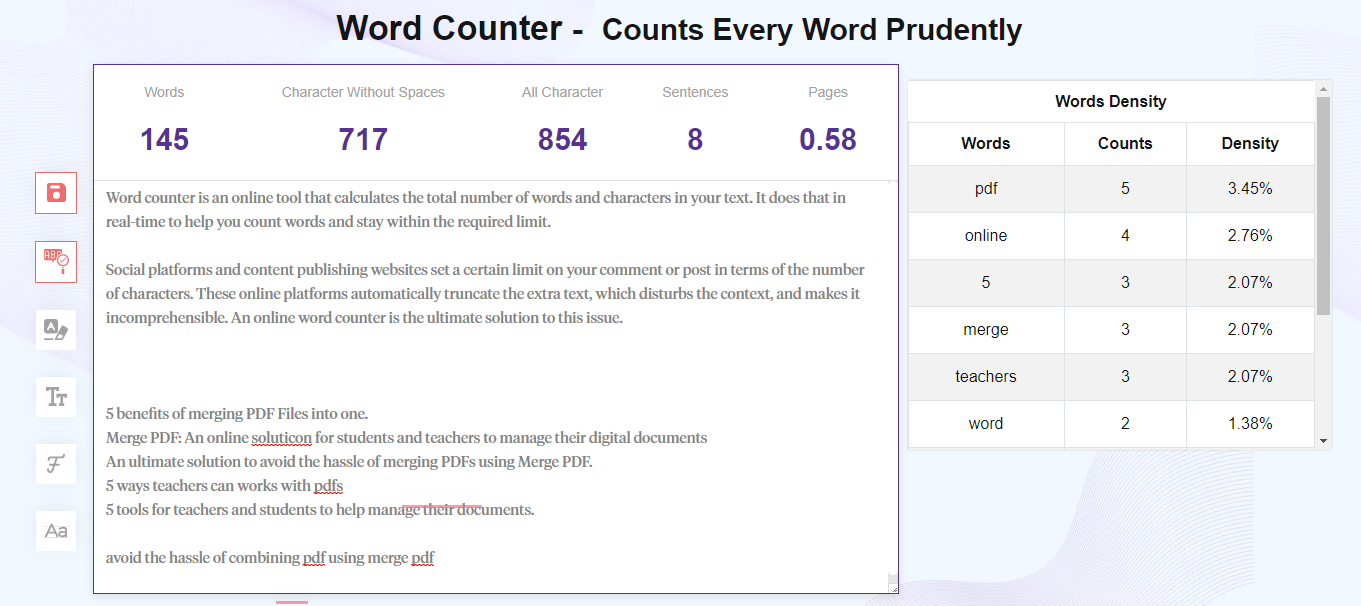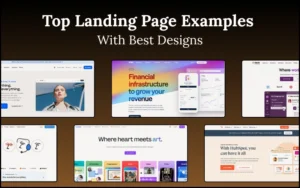What Is Product Description?
Let’s first define a product description before moving on to ecommerce product descriptions. A product description is a detailed explanation of a product or service that provides information to the customer. It should include all relevant details about the product, including its features, benefits, and specifications.
In other words, a product description is a text that appears on a product page. It is designed to be informative, persuasive, and engaging.
Good ecommerce product descriptions should also include a clear call-to-action (CTA) for the reader to take action and purchase the item.
If you are selling products on your website, it’s important to have a clear and concise description of each item.
If your descriptions are too short or vague, visitors may not understand what they’re purchasing or may get confused by all of your options.
Product descriptions are usually written by marketing professionals tasked with creating content for online stores.
Some companies hire freelance writers to write product descriptions, while others use automated tools instead.
If you’re writing product descriptions for yourself or clients, it’s important to understand what makes up a good one to apply these guidelines to your work.
How to write E-Commerce product descriptions
Start with your product name
Your product’s name is the most prominent element in your listing and should therefore be accurate, descriptive, and keyword-rich.
However, remember that long-tail keywords aren’t always the best option for E-Commerce landing pages. In addition, there are no negative keywords in search queries, so you can’t filter out irrelevant searches based on them.
It’s better to use simple nouns as product names because they’re easier to read than complex words like “long-lasting” or “great value.”
Carve a niche for yourself by exploring these lucrative web design business ideas.
Stick to uniform text length
The text of your product descriptions should be uniform.
For example, don’t use long paragraphs and then single sentences. And don’t use a lot of different styles or formats in one paragraph either.
It’s best to keep the style consistent throughout the entire page. If you’re going to put a list together, keep it all lists with the same number of items (or bullet points).
The same goes for tables – don’t mix up how many columns you use in each table when they are all part of the same product description page.
When writing product descriptions, stick to uniform text length and make sure it doesn’t get too short or too long.
Use a word counter

It will let you create your ecommerce product descriptions of equal text length. In this way, you will be able to maintain a good balance while discussing products listed on your ecommerce store.
Simply copy and paste text in the word counter tool and see how many words you have written. Furthermore, you can also know about the number of characters, sentences, and pages.
Finally, you can also check the word density and see what keywords have been used in the text.
Other features that you can benefit from include grammar check, autosave, clear text, font size, and style selector.
Describe the product in detail
- Describe the product in detail, but not in a way that would be considered a sales pitch
- Use a conversational tone
- Include information on product dimensions and materials used
- Include info on how the product is made, if you know it (e.g., “handmade”).
Use SEO keywords
Keywords are the words and phrases that your potential customers use when searching for a product or service on Google or other search engines.
It’s important to know what keywords your audience is using to make sure you’re providing them with the information they need.
You also want to include those keywords in your product descriptions, title tags, and meta-descriptions (the text underneath the title).
For example, if you sell baseball caps and one of the keywords people use to find them is “baseball cap,” then it would be smart to include that word within the body of your description: “This classic cotton baseball cap comes in eight different colors.
Use easy to understand language
It’s important to write for your audience. Therefore, the language you use should be easy to understand and familiar without being too basic or simplistic.
Use short sentences that are easy to read. Long, complex sentences can be difficult for customers who are only scanning the page in a hurry – and can even dissuade them from continuing with their purchase.
In addition, use active voice rather than passive voice. Active voice is more direct and engaging; it makes your writing feel more dynamic and personal because you’re not just stating facts but also adding some flair.
To keep things conversational and friendly, avoid any jargon that may confuse readers who might not know what they’re looking at otherwise.
Select a format of your product descriptions
You may want to consider using the following formats for your product descriptions:
- Features: What the product has to offer
- Actions: How the product works
- Benefits: What benefits it can offer to users
When deciding on a format, you should consider how you want to present the information in your content. There are many different ways of writing effectively, and choosing the right format can help make it easier for your readers to understand what they need.
Include Images
Do you know what’s better than seeing a single image? Seeing lots of images. When you include multiple images in your product descriptions, you’ll help your customers to make more informed decisions about their purchases.
To make the most of each photo, follow these tips:
- Show the size of the product with an image that shows its dimensions. This can be done by placing a tape measure on the top of the item or by visualizing it in comparison with something familiar.
- Show your customers how they could use your products in real life by including images showing how to use them.
For example, if you’re selling clothing or accessories and would like people to wear them out on an adventure, including photos showing them doing just that.
- Don’t forget that some products have different uses – for example, if someone buys a scarf from you (as opposed to buying another type of clothing), they might wear it as both a neck covering and as an accessory for their outfit. Make sure any photos reflect this versatility.
Miscellaneous tips for writing effective product descriptions
Product descriptions are key to your eCommerce marketing strategy and need to be optimized.
What can you do?
- List all the product’s key features, such as its size, color, or material.
- List all the benefits your customers will get from buying this product. For example: “This jacket is rainproof and breathable.”
- Write compelling headlines that grabs user attention and makes them want to read more content on that product page; use your keywords in this text snippet so it will show up in search results!
- Break up longer paragraphs into shorter ones using bullet points; otherwise, use subheadings too so users have an easier time navigating through different sections without having their eyes glaze over from seeing one long block paragraph after another.




